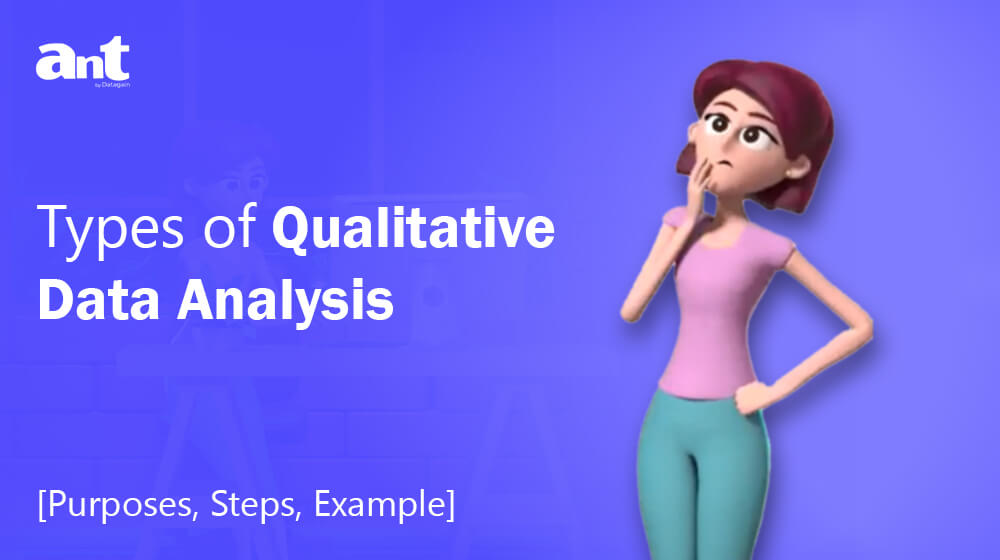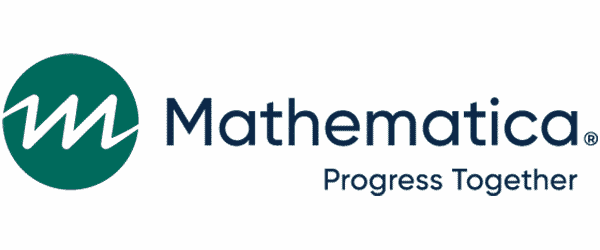
Home » Transcript Library » Types of Qualitative Data Analysis
Types of Qualitative Data Analysis
What are the common types of qualitative data analysis?
There is not a single way of analyzing qualitative data. There are different methods and we choose based on nature and objectives of the study. Commonly there are six types of qualitative data analysis, Thematic, Content, Grounded, Discourse, Narrative, and Phenomenology or Heuristic Analysis.
So, first type of analysis is called Thematic Analysis. It is commonly used and foundational method for qualitative data analysis. When you simply have to present a clear picture of data through themes, then we use Thematic Analysis. Steps involved in it are, first, familiarized with data by reading it repeatedly, then generate initial codes, at third step, make organization of codes based on similarity, then search for themes, finally review the emerged themes, and in the last define and name those emerged themes. For more clarity, see this example: In the left box, you can see the initial codes active, willing, accountable, responsible and motivated. Which all together can be merged into one single theme as individual participation.
The second type is Content Analysis. This method determines the appearance of certain words or concepts within the texts. Then it emerges categories or themes on the basis of selection of words or concepts inductively. Text can be books, interviews, websites, essays, newspapers, speeches, and so many other related material. You may use Content Analysis when the purpose of the study is to look for a frequency of words patterns and sometimes sequence of occurrence of those words. For example: If we want to analyze university students needs and we want to identify different patterns on university social media pages, then you could see in the right column, we gathered initial codes, social interaction, financial issues, meetups, access to journals and books, and swimming pool. In the second column, here are the occurrence of those words or the counts of those words which are appeared as initial codes in the first column. Then we generate themes in the third column based on similarity, such as, we gathered the most similar themes, social interaction, financial issues, meetups as their non-academics needs. However, access to journals and books is their academic need.
The third type is Grounded Analysis. This is also called constant comparison analysis. It is very deep and detailed in nature. Here we don’t start with a definite point. We allow data to speak as our purpose is to formulate theory or a framework. Here we conduct multiple rounds of interviews as needed, write a detailed diary on field notes or collect any other significant data such as documents, pictures. After initial coding from all sources of data, we compare codes to find consistencies and differences. See this flow chart to understand more. You can see that we have collected data from three sources first from the first round of interviews. Secondly, we gathered field notes which are also called memos. Then we have conducted the second round of interviews. Now for all the data set, we look for similarities and differences. Then from the whole data set, we find important events, important persons and important situations to emerge themes. This course analysis is another type of qualitative data analysis. This is linguistic analysis of flow of communication. This also takes into account the social context where communication occurs. It is chiefly concerned with the study of grammar, sounds, parts of words and their meanings. So, for example, if you want to analyze this sentence, “Women like both to give and get compliments”, then in Discourse Analysis, you would see different cultures. So, for example, in Indian culture, it means to accept and give gifts, if you are complimenting someone. However, in foreign culture, it simply means you are complimenting someone.
Narrative Analysis examines how participants construct their stories based on personal experiences. This mainly involves personal stories, entire life story, significant events and situations. This analysis mainly identifies nonverbal expressions, pauses, filler words. Uh, mm, all non-verbal signs and gestures. The study structure based on narrative analysis would include an abstract of story orientation, time place characters, sequence of events, storyteller’s reflection, outcome of story and finally, the ending of story.
Phenomenology or Heuristic Analysis focuses on how human view or experience the world. This method emphasizes on bracketing out researchers own role and only focusing on participants’ experiences. For example, if you want to investigate the teaching arena from teachers’ point of view and build analysis on their personal experiences, then it would be Heuristic Analysis. I hope you understand the classification of all types of qualitative data analysis, their purposes and nature. Thank you.
Copyright Disclaimer
Under Title 17 U.S.C. Section 107, allowance is made for “fair use” for purposes such as criticism, comment, news reporting, teaching, scholarship, and research. Fair use is permitted by copyright statute that might otherwise be infringing.






